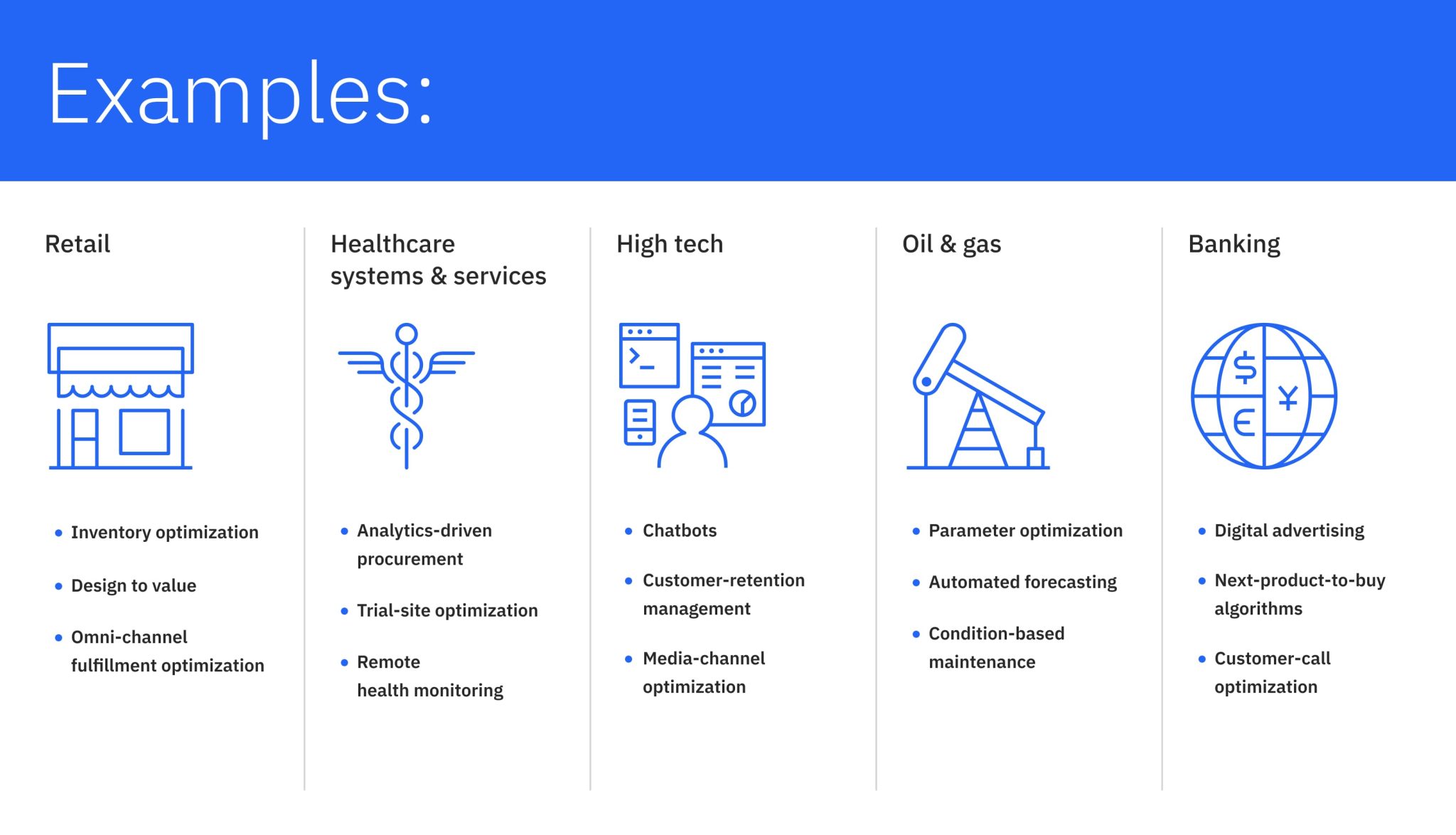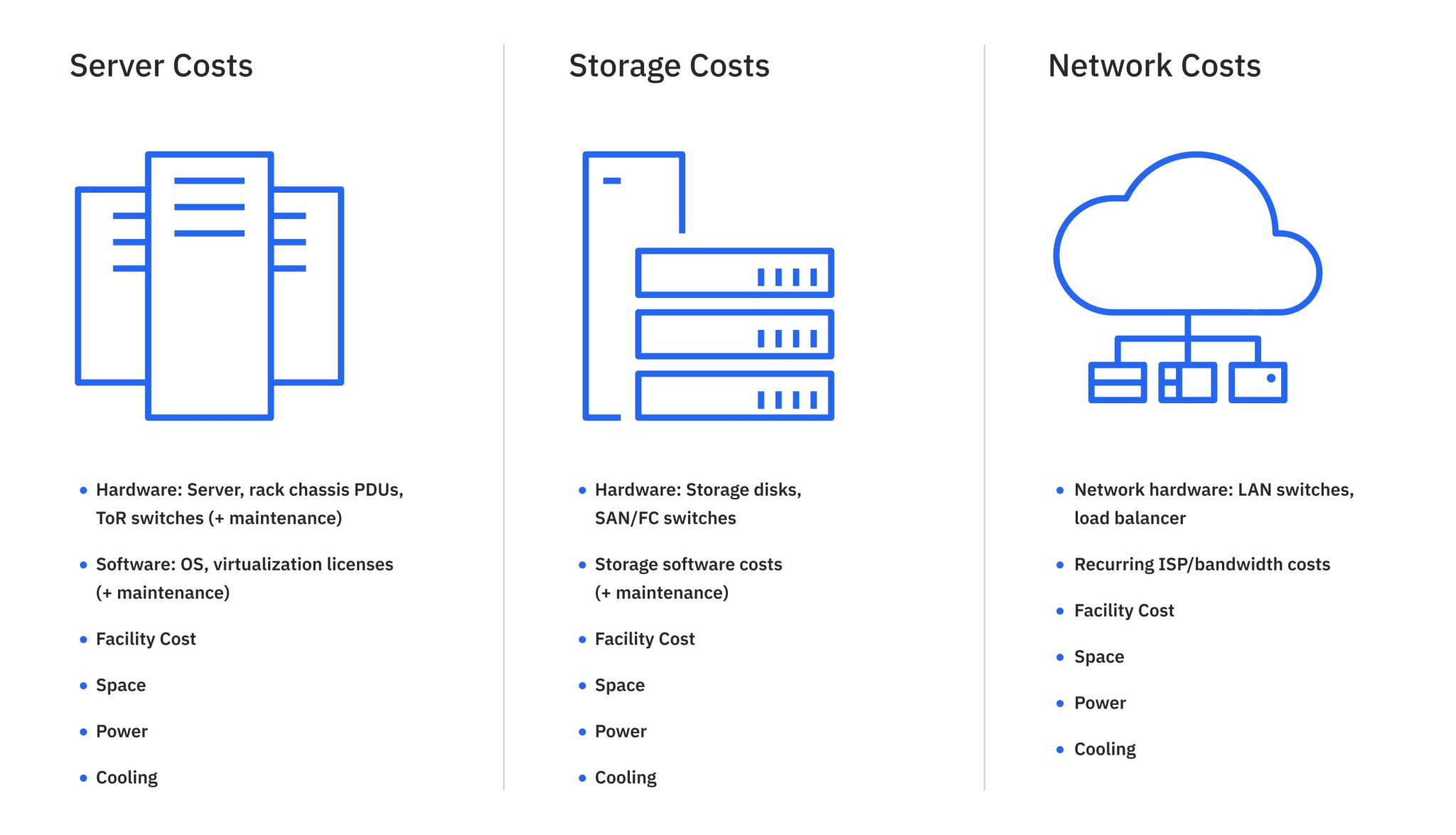Why Migrating to the Cloud Brings Value
According to PricewaterhouseCoopers’ 2021 U.S. Cloud Business Survey, almost three out of four C-level executives are engaged in cloud-related strategy development and investment decision-making. For roughly half of them, cloud unlocks access to growth and innovation.
Indeed, growth and innovation are two major drivers of value for the organizations that embrace cloud. We will talk about the former in more detail below; as for the latter, let us take a look at the value that cloud services could deliver by industry, based on findings from research conducted by Google Cloud and McKinsey Global Institute.

As you can see, use cases for cloud technology’s untapped potential vary. But first things first, let us define ‘cloud.’
What Is Cloud Computing?
The term ‘cloud computing’ may sound vague, but to put it into plain English, it is just a mixture of hard- and software that includes networks, servers, storages, environments, apps, and some extra add-ons such as Artificial Intelligence and Machine Learning. All resources are remotely delivered to you on-demand.
In this blog, we will talk about what types of cloud computing are out there and their different deployment methods.
Cloud Computing Types
Software-as-a-Service (SaaS), Platform-as-a-Service (PaaS), and Infrastructure-as-a-Service (IaaS) are three main categories that cloud computing can be divided into.
Software-as-a-Service represents a finished product that sits in the cloud, available through the Internet from a browser or a lightweight app. While you can access the software, you cannot produce, maintain, or modify it. The only part visible to the user is the interface with which they interact.
Platform-as-a-Service relieves you of the need to procure resources, plan capacities, release patches, and build a hardware, OS, framework, or software environment. PaaS is a go-to solution for software engineers who know that they will not customize the infrastructure underpinning the application and want to dedicate their time to the development process itself rather than assuming the SysAdmin or DevOps role.
Infrastructure-as-a-Service grants you the highest degree of flexibility possible. Normally, IaaS providers offer a guarantee of uptime, which gives customers peace of mind, knowing that their product or service will be available at all times. In addition, data centers may be scattered around the globe physically — akin to Content Delivery Networks, or CDNs — thus enabling customers to host their applications in close proximity to the user.
Cloud Computing Deployment Options
Cloud computing can be implemented on-premises, in cloud, or via a mix of the two.
On-premises — or private cloud — deployment in many ways resembles legacy IT infrastructure. Under this option, the hard- and software resources that power the cloud are utilized — and hosted — by a single entity. This allows for better security in cases when the data is super-sensitive and regulatory framework, super-stringent. It is noteworthy that all maintenance, updates, and bug fixes are mostly carried out by in-house teams or in rare cases, IT partners (on-premises cloud providers).
Cloud deployment is pretty self-explanatory, implying that the application as a whole — and its components, in particular — run, well, in the cloud. This also applies to the applications that have been transferred from on-premises to cloud. The key difference between on-premises and cloud is that in the cloud, an application no longer needs procurement and maintenance done on your part.
Hybrid deployment may be a sound solution for those who think that a complete data migration from on-premises to cloud would not sufficiently safeguard their information or might compromise their security altogether. One on-premises to cloud migration strategy combining the best of both worlds would be to leave some of the most valuable data on-premises and migrate the rest to the cloud.
Cloud vs. On-Premises Costs
At the ‘starting to grow’ stage, it may still be reasonable for a business or organization to stick to the on-premises model. When growth becomes active, or even disruptive, companies need to have the ability to scale up and down quickly. At this point, the cost of ownership of on-premises infrastructure increases enormously as well — one needs to hire additional personnel, purchase more sophisticated cooling equipment, move to a new, more suitable location, and so on. It is important that once you have migrated to the cloud, your infrastructure will already be able to handle all further cycles of your company’s growth.
A study conducted by a Stanford University research fellow back in 2015 found that almost one-third of the physical servers worldwide were “comatose.” Given that on-premises deployment usually requires a substantial upfront investment and capacities planning at least a couple quarters in advance, this figure highlights just how much value there is to be realized from switching to the cloud.
Moreover, when you first buy a server or equipment needed to maintain it, you expect it to be a one-time acquisition. As the hardware and requirements evolve, however, you may find yourself in a situation when you need to refresh your setup in order to meet modern customer needs and industry standards. That’s when the public cloud is especially beneficial.
In a nutshell, cloud is a tool that helps firms reduce their technical infrastructure expenses. To better grasp the scope of those costs, please refer to the table below.

6 Benefits of Moving Companies’ Data from On-Premises to Cloud
So what benefits does an organization eyeing migration to the cloud receive at the end of the day?
1/Lower Costs
The cloud renders expenses associated with maintenance unnecessary. Instead of incurring large upfront costs, you pay a periodic subscription fee for just the resources you use. The Hackett Group’s Cloud Services Study states that apps migrated to AWS saw a 20-percent drop in total tech infrastructure costs one year after the transition. Remember, however, that it is vital to pre-estimate the amount of cloud resources you’ll need and control them post-deployment. Sometimes, organizations connect way too many cloud options at once or run complex calculations in an endless loop, which results into hefty cloud maintenance charges.
2/ Faster Time-to-Market
With the cloud, you can focus on the core aspects of your business operations, which allows you to deliver faster. The study mentioned above cites a 43-percent reduction in time it took to get new features and functionalities to market as yet another benefit of migrating to the cloud.
3/ Increased Revenue
According to the Enterprise Strategy Group’s report shared by Microsoft Azure, in absolute quantities, one company managed to boost their income by USD 15.5 million due to shortened release times and shipping cloud-ready apps.
4/ Down- & Upward Scalability
The ability to scale is critical nowadays. With the cloud, you can scale not only upward — i.e., add more resources as you need them — but also downward — i.e., remove redundant resources in line with actual needs.
5/ Enhanced Accessibility
While on-premises deployment means that your hardware is located inside the office building and accessed from a local network, public clouds enable you to control your setup on the fly using a web or mobile app — literally, from anywhere there is Internet access.
6/ Seamless Compliance
Some markets require that their players are fully compliant with certain law-dictated measures — such as HIPAA, GDPR, and CCPA. Cloud computing services often employ experts in those fields who have corresponding compliance certifications and can help you ensure that your operations stay within the limits of an ever-changing regulatory landscape.
Bottom Line
Advances in technology, rapid changes in existing markets, and an influx of new ones show that it is hard to overestimate the value of migration to the cloud. Whether you decide to migrate entirely or partially, we at IBA Group have always got your back with our data management solutions.
YOU MAY ALSO BE INTERESTED IN
- Data Migration to Cloud: What You Will Get in the End
- ETL/ELT: What They Are, Why They Matter, and When to Use Standalone ETL/ELT Tools
- Data Literacy: The ABCs of Business Intelligence
- BI Tools Comparison: How to Decide Which Business Intelligence Tool is Right for You
- Unsuccessful examples of BI development. Part I
- Examples of Unsuccessful BI Development. Part II
- BI Implementation Plan
- IBA Group Tableau Special Courses
- Integrating Power BI into E-Commerce: How to Succeed in Rapidly Developing Markets
- Analytics vs. Reporting — Is There a Difference?
- Better Business Intelligence: Bringing Data-Driven Insights to Everyone with IBM Cognos Analytics 11